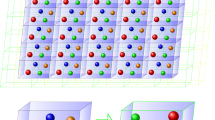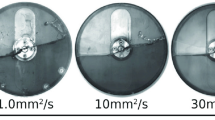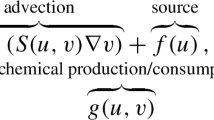Summary.
Spiral waves are observed in numerous physical situations, ranging from Belousov-Zhabotinsky (BZ) chemical reactions, to cardiac tissue, to slime-mold aggregates. Mathematical models with Euclidean symmetry have recently been developed to describe the dynamic behavior (for example, meandering) of spiral waves in excitable media. However, no physical experiment is ever infinite in spatial extent, so the Euclidean symmetry is only approximate.
Experiments on spiral waves show that inhomogeneities can anchor spirals and that boundary effects (for example, boundary drifting) become very important when the size of the spiral core is comparable to the size of the reacting medium. Spiral anchoring and boundary drifting cannot be explained by the Euclidean model alone.
In this paper, we investigate the effects on spiral wave dynamics of breaking the translation symmetry while keeping the rotation symmetry. This is accomplished by introducing a small perturbation in the five-dimensional center bundle equations (describing Hopf bifurcation from one-armed spiral waves) which is SO(2)-equivariant but not equivariant under translations. We then study the effects of this perturbation on rigid spiral rotation, on quasi-periodic meandering and on drifting.
Similar content being viewed by others
Author information
Authors and Affiliations
Additional information
Received August 24, 1999; accepted August 8, 2000 Online publication October 11, 2000
Rights and permissions
About this article
Cite this article
LeBlanc, V., Wulff, C. Translational Symmetry-Breaking for Spiral Waves. J. Nonlinear Sci. 10, 569–601 (2000). https://doi.org/10.1007/s003320010005
Published:
Issue Date:
DOI: https://doi.org/10.1007/s003320010005




